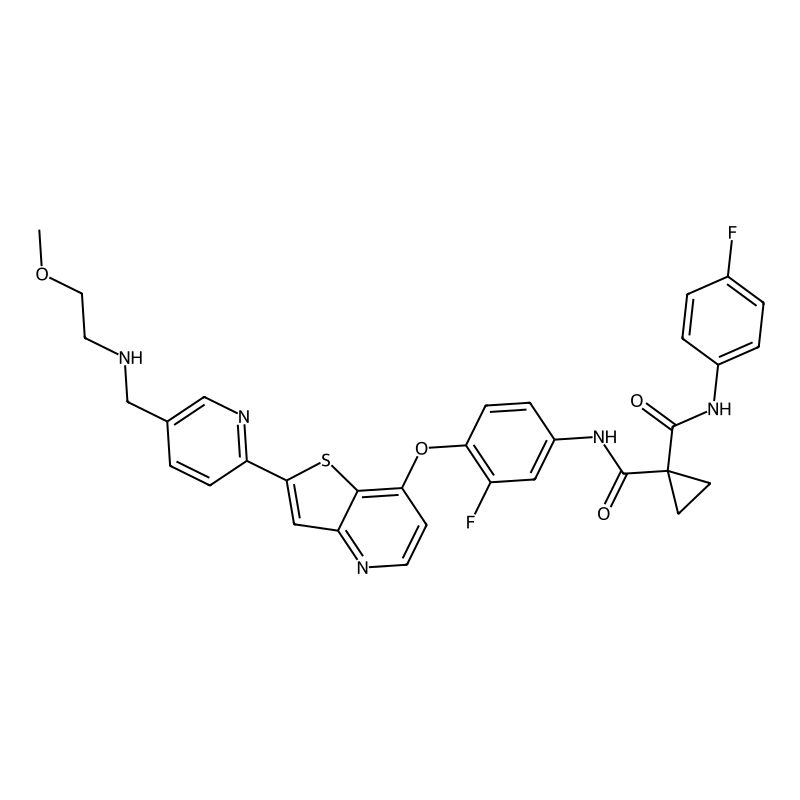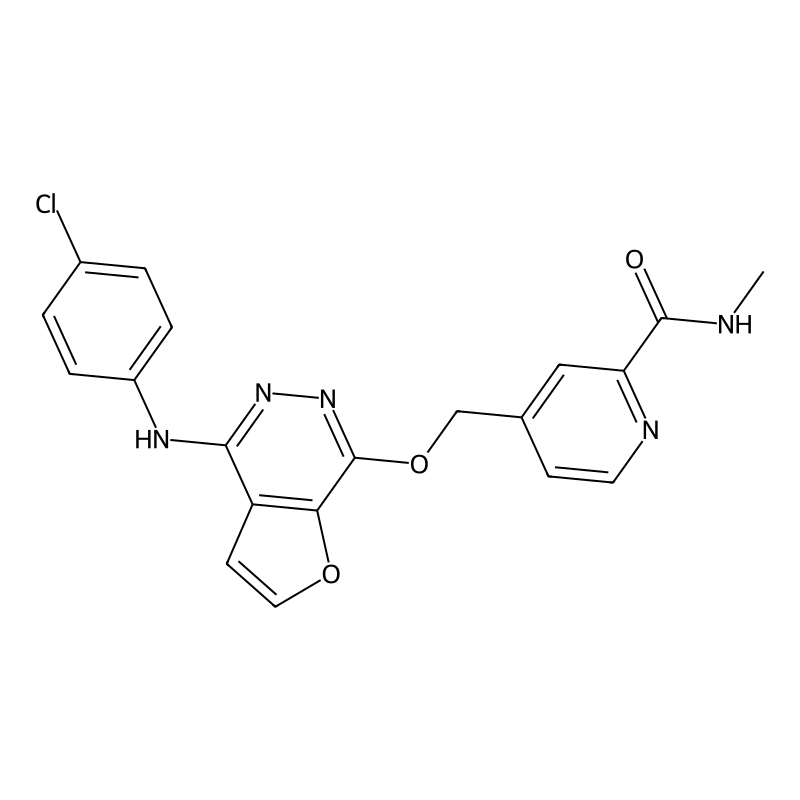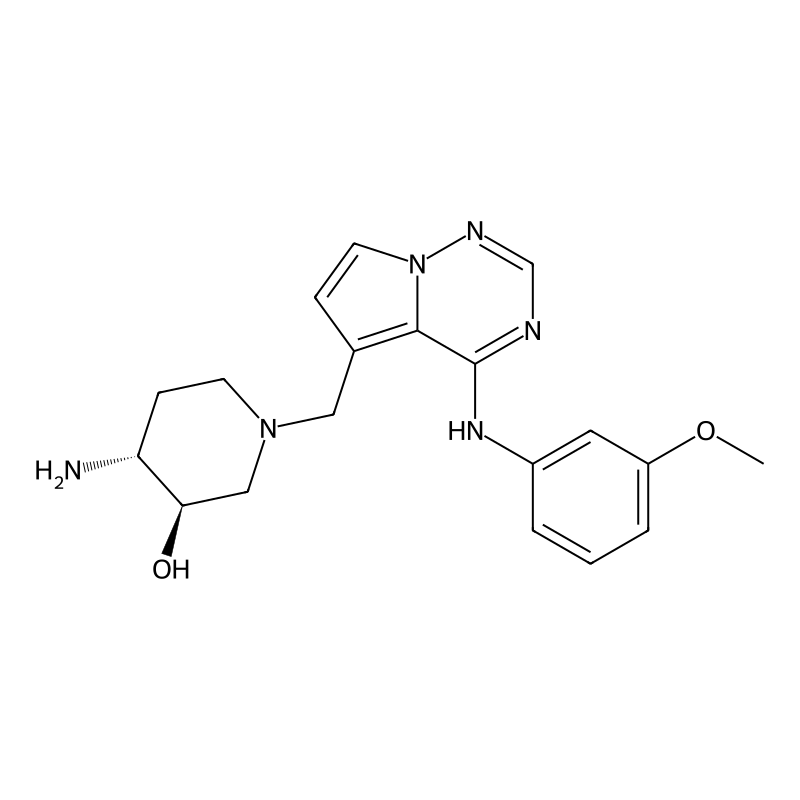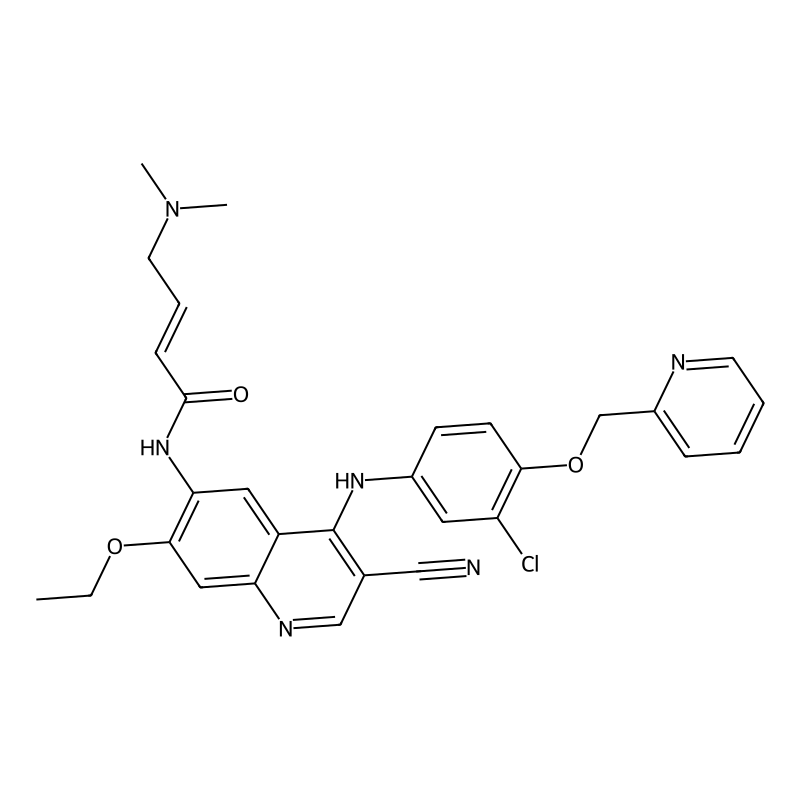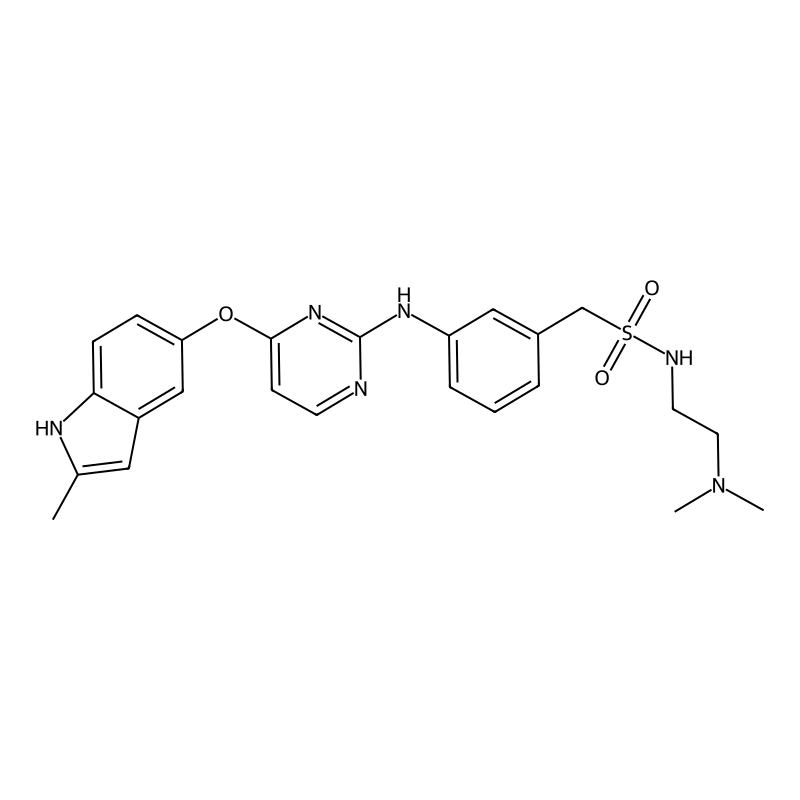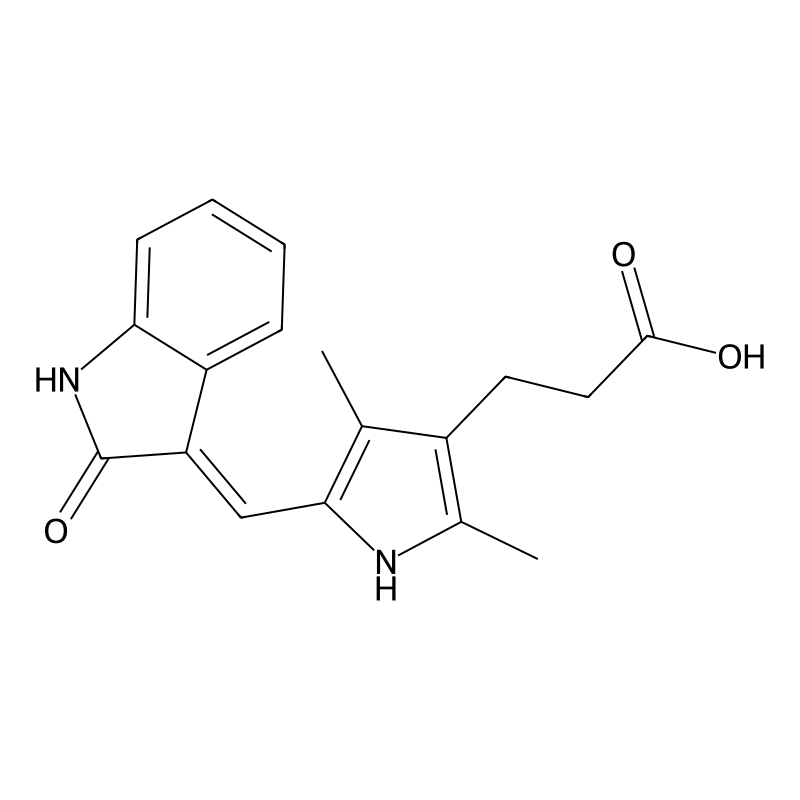Signaling by VEGF
CAS No.:1123837-84-2
Molecular Formula:C33H29F2N5O4S
Molecular Weight:629.7 g/mol
Availability:
In Stock
CAS No.:332012-40-5
Molecular Formula:C20H16ClN5O3
Molecular Weight:409.8 g/mol
Availability:
In Stock
CAS No.:859853-30-8
Molecular Formula:C19H24N6O2
Molecular Weight:368.4 g/mol
Availability:
In Stock
CAS No.:698387-09-6
Molecular Formula:C30H29ClN6O3
Molecular Weight:557.0 g/mol
Availability:
In Stock
CAS No.:1308672-74-3
Molecular Formula:C24H28N6O3S
Molecular Weight:480.6 g/mol
Availability:
In Stock
CAS No.:210644-62-5
Molecular Formula:C18H18N2O3
Molecular Weight:310.3 g/mol
Availability:
In Stock
